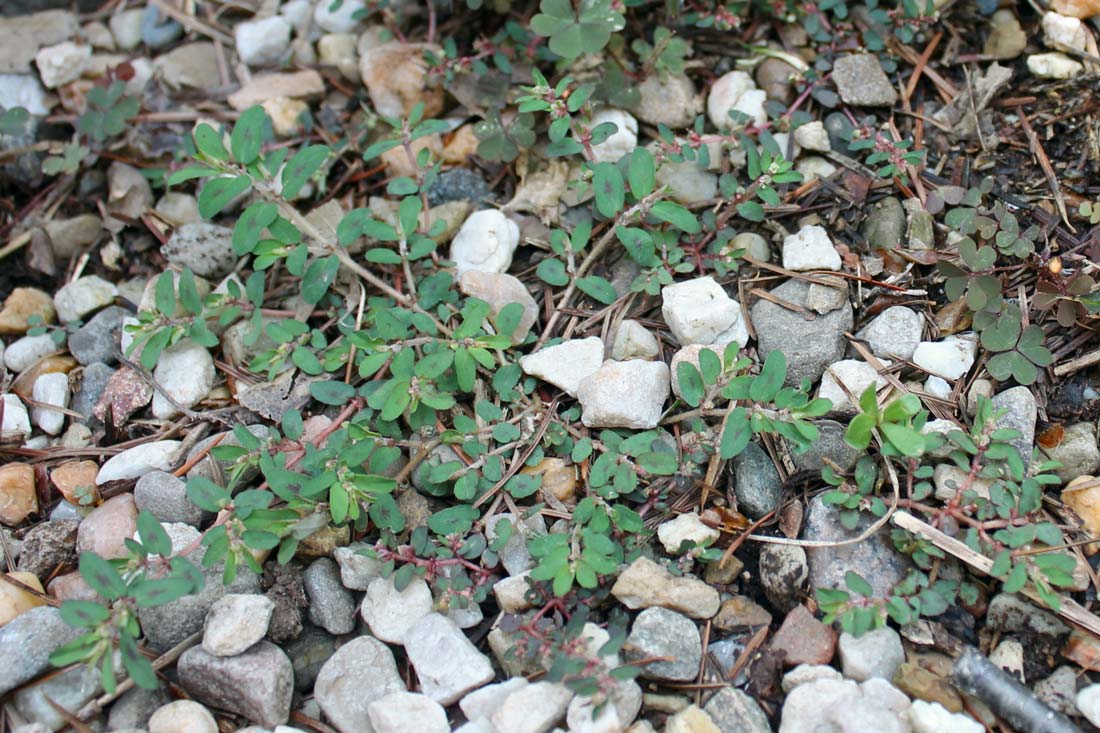How to Stop Wild Strawberries From Invading the Lawn
This relative of the strawberries sold in grocery stores sends out wiry above-ground runners that can quickly overtake the lawn and garden beds.
If you have infertile, hard-packed soil, odds are you’ve had prostrate knotweed growing in your lawn or garden beds. This common but little-known creeping weed thrives where few other plants dare tread, due to the plant’s fine taproots that can mine even the most compacted soils. This allows the weed to take advantage of challenging sites such as driveway and sidewalk edges, gravel paths, gaps in stone walkways, and high-traffic areas of lawns where even grass may struggle to thrive.

Prostrate knotweed is often confused with spotted spurge, shown above. However, spurge leaks a milky sap when its stems are broken, and its leaves are opposite one another, not alternating, as prostrate knotweed leaves are. George Weigel
Prostrate knotweed (Polygonum aviculare) sprouts from seed in early spring. Its wiry stems at first resemble grass, but then the plant slowly creeps across the ground, making rounded mats of little blue-green leaves that can span 18 inches by summer.
The plant’s common name comes from the tiny bumps or “knots” where the leaves emerge from the stems. Also sometimes nicknamed knotgrass or wiregrass, prostrate knotweed is often mistaken for two better-known summer creeping weeds – spotted spurge and purslane.
An easy way to tell prostrate knotweed from spotted spurge is to break a stem. If white, milky sap comes out, it’s spotted spurge. Spurge also has leaves that are opposite one another along the stems, not alternating like prostrate knotweed. A key difference between prostrate knotweed and purslane is that purslane has fleshy, succulent stems and leaves as opposed to knotweed’s wiry stems and flat leaves.
Since prostrate knotweed favors poor, compacted soil, the best way to stop it is by improving the soil. In garden beds, that means loosening the soil and working in two or three inches of compost. In lawns, good knotweed-fighting strategies include core-aerating the soil in early fall, fertilizing, mowing higher, reducing foot traffic to the extent possible, and top-dressing the lawn with annual light (quarter-inch) layers of sifted compost.
Preen Garden Weed Preventer can be applied anytime and is effective at stopping new weed seedlings from getting started in garden beds. Preen Lawn Crabgrass Control keeps a lid on new prostrate knotweed outbreaks in the lawn. It will not kill existing prostrate knotweed in the lawn so it is best applied in early spring before knotweed seeds sprout.